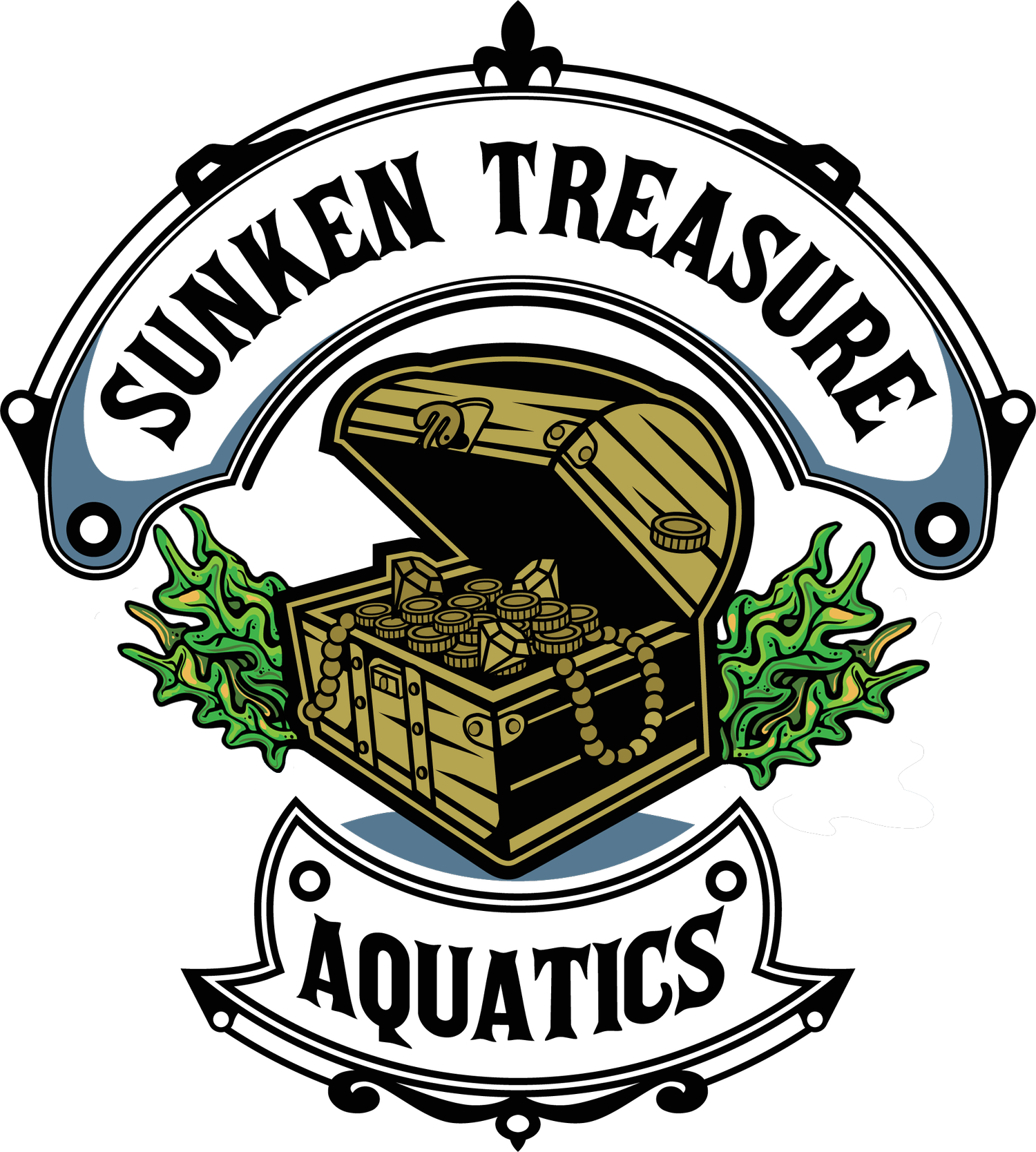How to supercharge the flow of any canister filter
I think I’ve run into an issue with every single canister filter I’ve ever purchased where, despite thinking I bought one capable of filtering a tank twice the size of mine, I’m still disappointed with the flow rate. I do also tend to buy used or cheap canisters, so that might be a factor as well. Nonetheless, this short guide covers it all- How do you make your canister filter have much better flow rate?
Or, alternately, how can you get a nearly-free canister filter with better flow than new?
The answer, my mateys, is an extra pump. That’s it.
You can purchase an inline pump from Amazon for under $30 which will easily output twice the GPH of your canister filter, and there are sizes ranging from 150GPH (10g tanks) to well over 1000GPH.
Lets take a look in more detail how to pick out an upgraded pump, install it, and supercharge your canister filter’s flow.
A cheap, $15 canister filter plus a $20 pump makes an incredible filtration system for a 10g tank.
The Pump
There are loads of pumps you can get, the gist is you just need to find an inline pump, not a submersible one. The best I’ve found, by far, are the EcoPlus pumps on Amazon. They’re far quieter than other options and come with (almost) all of the adapters you need to connect it up to your existing loop. A brand called UnicLife makes similar pumps, but I’ve found they’re much louder and less seamless to set up and aren’t worth the slightly cheaper price.
I recommend grabbing a pump roughly double the GPH of your canister filter. Try not to go too much higher than that, because your filter is built for a certain flow rate, so you don’t want to blow out your seals or anything.
Pay attention to the included fittings, because of course you’ll need to actually connect your hoses to the pump. In general, most canister filters for tanks under 40g use 12mm tubing and most larger filters use 16mm tubing. Plan accordingly and make sure you purchase a pump that will actually fit the hoses you have.
The Plumbing
Connecting the pump up to your filter is a fairly straight-forward process. The most important thing is fittings. Most of the pumps only include ONE fitting of each size, so you may need to make a run to Home Depot to grab a reducer and a small length of larger hose, make sure both sides of the pump will fit your hoses before you do any cutting.
You can install the pump before or after the canister, and both have pros and cons. I’ve honestly found that installing it before the filter is actually the best way to go, but you can only do this if your filter has a very fine intake screen or you’ll just get leaves and gunk clogging the pump since they won’t be filtered out first. You can alternately splice the pump in after the filter, but you may have to be careful with air bubbles inside of your filter. This is most easily resolved by just making sure your intake is fully clear and can suck in lots of water.
I do recommend using some cheap hose clamps to secure everything, just in case. I use them on nearly all my plumbing connections.
More Tricks and Tips
The most obvious question is “Can I run my filter and the pump together?” - Sure. I’ve been running both just fine for months, no signs of either burning out and water seems to flow fine and flow even faster when I turn the canister on as well. I also like to run both for redundancy’s sake, if one pump fails I still have filtration.
However, you can also absolutely just unplug your canister and only run the pump. This means you can use this trick to save a LOT of cash- if you can pick up a broken canister filter for a few bucks or for free, you only need a new external pump and you have a good-as-new filter.
Make sure to clean the pump just like you’ll clean your filter. Every few filter cleanings I also clean out my pipes, UV Clarifier, and external pump.
Fair word of warning that your external pump will most likely be louder than your canister’s pump, purely because the pump isn’t fully submerged. I actually have mine hooked up to smart plugs so they only turn on at night (or only during the day for my bedroom’s tank) so they don’t bother me. They’ll also quiet down over time as they build up a slime coat on the impeller.
And finally, if your filter’s flow is way worse than it used to be but the filter still seems clean, clean your hoses and intake! While adding a pump to my loop did help my flow tremendously, realizing how nasty my hoses were and cleaning them made a massive impact as well. Conveniently, the extra flow from the pump will also help clean your pipes!
My Sicce Whale’s hoses after about 3 months of use. Ew.
I hope that helps with your canister related issues! Better flow makes a tremendous difference in fish health, water clarity, plant growth, CO2 and O2 distribution, and algae growth. A small $20 pump investment is more than worth the improvement!


